Standing before an ancient oak in your yard or encountering a towering pine in the woods, you’ve probably wondered before about the age of a tree. The good news is determining a tree’s age doesn’t require cutting it down or causing any harm to the living tree.
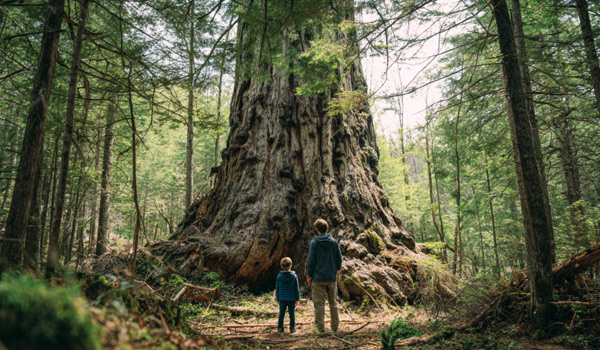
Whether you’re curious about that maple you planted years ago or trying to estimate the age of a centuries-old specimen, scientists and arborists have developed several reliable methods to figure out how old trees are. From quick estimates using a simple measuring tape to precise techniques that count individual tree rings, these approaches can help you unlock the secrets hidden within any tree trunk.
In this tree care guide, we’ll walk you through six proven methods for determining tree age, ranging from basic techniques that anyone can use to advanced methods employed by professional researchers studying the world’s oldest trees.
Quick Overview to Determine Tree Age Without Cutting
The fastest way to estimate a tree’s age without harming the living tree involves measuring its circumference and applying some basic mathematics. This non-destructive approach works particularly well for temperate climate trees and provides a reasonable, approximate age for most species.
The Measuring Tape Circumference Method
The most accessible technique requires only a measuring tape and can be completed in just minutes. Here’s the process:
Step 1: Wrap your measuring tape around the tree trunk at exactly 4.5 feet above ground level (this standard height is referred to as “diameter at breast height” or DBH).
Step 2: Record the circumference measurement in inches (the perimeter around the tree).
Step 3: Divide this circumference by 3.14 (pi) to calculate the diameter.
Step 4: Multiply the diameter by the appropriate growth factor for your tree species.
For example, if you measure a Big Leaf Maple with a circumference of 113 inches:
- Circumference = 113 inches
- Diameter = 113 (circumference) ÷ 3.14 (pi) = 36 inches in diameter
- Age estimate = 36 × 4.7 (growth factor of Big Leaf Maple species) = 170 years (estimated age)
The Increment Borer Technique
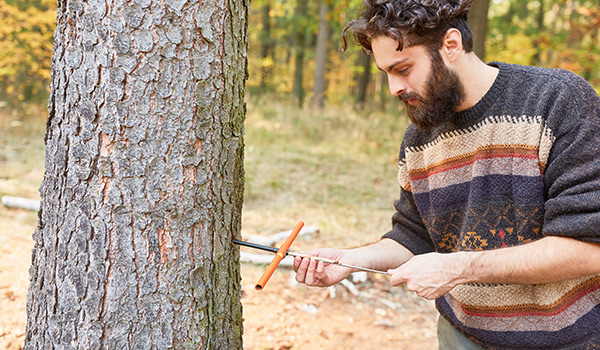
Professional arborists use a specialized tool called an increment borer to extract a pencil-thin core sample from living trees. This method enables precise ring counting without causing significant harm to the tree. The tool creates a small hole that allows the tree to heal easily, making it an excellent option when accuracy is crucial.
Mitchell’s Rule for Quick Estimates
For a rapid assessment, Mitchell’s Rule provides a rough estimate by dividing the measured circumference in centimeters by 2.5. While this method carries significant variance and shouldn’t be used for scientific purposes, it offers a quick ballpark figure for casual curiosity.
The Circumference Method Step-by-Step
Let’s dive deeper into the most practical method for determining tree age that anyone can use with basic tools.
What You’ll Need
- Flexible measuring tape (at least 10 feet long)
- Calculator or smartphone
- Growth factor chart for your tree species
- Notebook to record measurements
Detailed Process
Measure at the correct height: Position your measuring tape exactly 4.5 feet above the ground level. This standardized height ensures consistency across different measurements and accounts for root flare at the tree’s base.
Wrap the tape properly: Ensure the measuring tape lies flat against the tree’s trunk without gaps or overlaps. The tape should be snug but not tight enough to compress any bark.
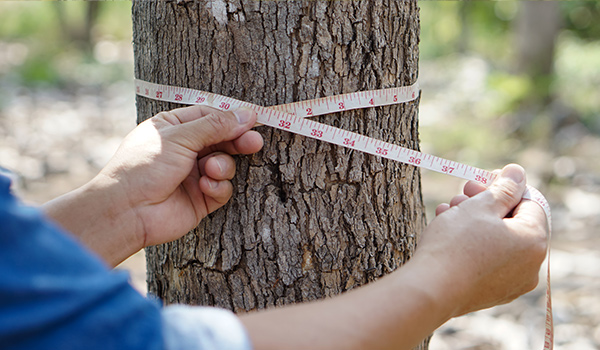
Record your measurement: Note the circumference in inches. If working in centimeters, be sure to use the appropriate growth factors for metric measurements.
Calculate the diameter: Divide your circumference measurement by 3.14 to determine the tree’s diameter at breast height.
Apply the growth factor: Multiply the diameter by the species-specific growth factor to estimate the tree’s age in years.
Important Considerations
This method is most effective for single-trunk trees growing in typical conditions. Trees with multiple trunks, significant lean, or unusual growing conditions may require adjusted techniques or professional assessment.
Understanding Growth Factors by Tree Species
Growth factors represent the average number of years it takes for a tree species to add one inch to its diameter under normal growing conditions. These empirical values are derived from decades of research on how various trees grow over time.
Common Growth Factors
| Tree Species | Growth Factor | Typical Environment |
|---|---|---|
| Big Leaf Maple | 4.7 | Moist, temperate forests |
| Pine trees (general) | 5.0 | Various soil types |
| Douglas Firs | 4.5-5.5 | Pacific Northwest |
| Oak trees | 3.0-5.0 | Varies by species and conditions |
| American Elm | 4.0 | Rich, moist soils |
| White Pine | 5.0 | Well-drained soils |
Factors Affecting Growth Rates
Environmental conditions significantly impact the rate of tree growth. Trees in ideal conditions with adequate water, nutrients, and sunlight will have lower growth factors (faster growth), while those in stressful environments will have higher factors.
Urban versus forest trees typically show different growth patterns. City trees often face pollution, compacted soil, and limited root space, resulting in slower growth rates than their forest counterparts.
Age-related changes also affect accuracy. Young trees generally produce wider rings and grow faster than mature specimens, which may slow their growth rate as they age.
Tree Ring Analysis for Precise Age Determination
Tree ring analysis, known scientifically as dendrochronology, represents the gold standard for determining tree age with remarkable precision. This method works exceptionally well for trees in temperate climates where distinct growing seasons create visible annual rings.
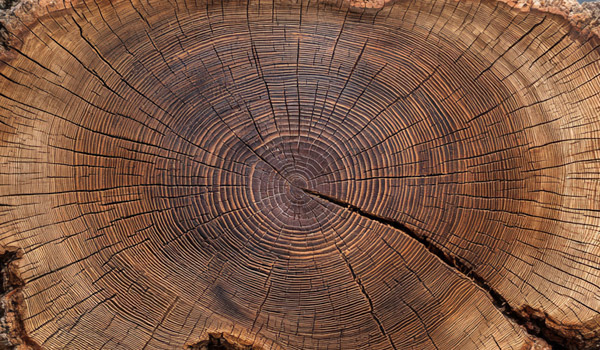
Understanding Tree Ring Formation
Each year, trees produce new growth in two distinct phases:
Early summer growth creates light-colored wood (earlywood) when the tree grows rapidly during spring and early summer, with abundant moisture and warm temperatures.
Late summer growth forms dark rings (latewood) as growth slows toward fall when conditions become less favorable.
Together, one light ring and one dark ring represent exactly one year of the tree’s life, allowing scientists to count the rings and determine the precise age of the tree.
Using an Increment Borer
Professional foresters use a tool called an increment borer to extract core samples from living trees without causing significant damage. This specialized tool:
- Creates a small hole (typically 5mm in diameter) in the tree trunk
- Extracts a continuous core sample from the bark to the center
- Allows for ring counting under magnification
- Leaves a wound that trees readily heal over time
The extracted core sample displays the complete ring pattern, allowing for accurate age determination and providing insight into the tree’s growth history.
Challenges with Ring Counting
Several factors can complicate accurate ring counts:
False rings occur when trees experience more than one ring formation in a single year due to drought followed by renewed growth, making some years appear to have multiple rings.
Missing rings happen during extremely stressful years when trees may fail to produce visible growth, particularly during severe drought, fire damage, or insect outbreaks.
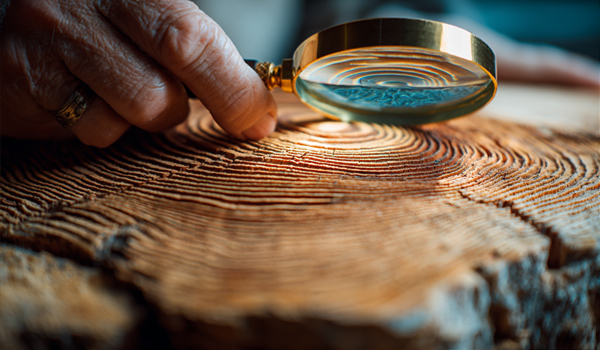
Unclear ring boundaries can make counting difficult, especially in tropical regions where trees may not exhibit distinct wet and dry seasons, resulting in unclear annual patterns.
Cross-dating techniques help resolve these issues by comparing ring patterns from multiple trees in the same area to identify and correct for missing or false rings.
Environmental Factors Affecting Tree Age Estimates
Understanding how environmental conditions influence tree growth helps explain why age estimates can vary significantly and why growth factors require local adjustment.
Climate Impact on Ring Formation
Favorable years result in wider rings when trees experience optimal growing conditions, characterized by adequate rainfall, warm temperatures, and sufficient nutrients. These years result in more substantial diameter growth.
Stressful years create narrow rings during periods of drought, extreme cold, or poor growing conditions. Trees may exhibit minimal growth or, in extreme cases, may even have missing rings entirely.
Seasonal patterns affect ring characteristics differently across regions. Trees in areas with pronounced wet and dry seasons typically show more distinct ring boundaries than those in consistently humid climates.
Site-Specific Factors
Soil quality dramatically influences growth rate. Trees in rich, well-drained soils grow faster than those in poor, compacted, or waterlogged soils, which affects the accuracy of standard growth factor calculations.
Competition and spacing impact individual tree growth. Trees growing in dense forests compete for light and nutrients, resulting in slower growth rates compared to isolated specimens with abundant resources.
Urban stress factors, including pollution, restricted root zones, and heat island effects, typically slow tree growth compared to natural forest conditions, making standard growth factors less reliable for city trees.
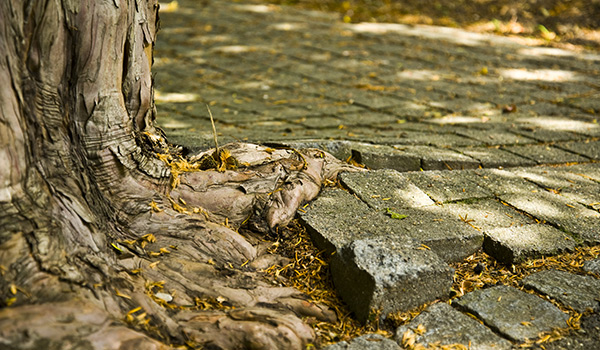
Age-Related Growth Changes
Young trees typically establish quickly and produce wider rings during their first few decades of life. As trees mature, their growth rate generally slows, and ring width decreases even under optimal conditions.
Very old trees may show periods of suppressed growth during their youth when growing under forest canopy, followed by rapid growth spurts when light conditions improve, creating complex ring patterns that require expert interpretation.
Alternative Methods for Special Cases
When standard circumference measurements or ring counting prove inadequate, several alternative approaches can help determine tree age.
Historical Records and Documentation
Planted trees in urban areas, parks, or landscaped properties often have planting records that provide exact establishment dates. Municipal forestry departments, landscape architects, or property owners may maintain documentation showing when trees were planted.
Photographic evidence can help establish minimum ages by comparing historical photographs with current tree size, though this method requires careful interpretation of growth rates over time.
Radiocarbon Dating
For ancient specimens or trees in tropical regions where ring counting proves unreliable, radiocarbon dating offers an alternative approach. This method works by:
- Measuring the ratio of radiocarbon (carbon-14) to stable carbon in wood samples
- Comparing these ratios to established calibration curves
- Providing age estimates for wood up to 55,000 years old
Radiocarbon dating proves particularly valuable for tropical trees that may produce multiple rings annually or lack clear ring boundaries due to consistent growing conditions throughout the year.
Growth Rate Extrapolation
Sequential measurements over several years can establish individual tree growth rates for specimens with unusual growth patterns. By measuring the diameter of the same tree annually, researchers can calculate specific growth factors rather than relying on species averages.
Dendrochronological databases contain extensive records of ring patterns from different regions, allowing comparison with problem samples to determine age through pattern matching rather than simple ring counting.
Professional Assessment
Large, historic, or valuable trees often merit expert evaluation combining multiple methods. Professional arborists may use:
- Multiple core samples from different sides of the tree
- Comparison with regional growth databases
- Analysis of environmental factors affecting local growth rates
- Integration of historical records with scientific measurements
Notable Ancient Trees and Their Ages
Understanding the longevity potential of different tree species provides context for age estimation efforts and highlights the remarkable lifespans some trees achieve.
Record-Breaking Specimens
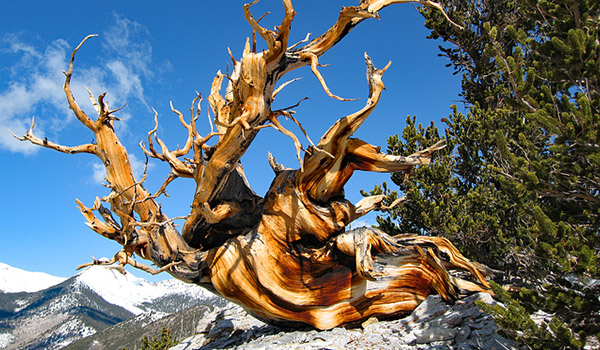
Bristlecone pine holds the record for the oldest tree ever scientifically verified. A specimen called “Prometheus” lived for 4,862 years before being cut down in 1964 for research purposes. Another bristlecone pine, nicknamed “Methuselah,” has been dated to 4,849 years old and continues to grow in California’s White Mountains.
Coast redwoods can achieve extraordinary ages, with some specimens reaching over 4,000 years. These giants combine longevity with massive size, making them among the most impressive trees in the world.
Nootka cypress specimens in the Pacific Northwest have exceeded 1,800 years, demonstrating that extreme longevity isn’t limited to California’s famous ancient trees.
Species-Specific Longevity
Douglas firs rarely exceed 1,350 years maximum lifespan, though most are harvested far younger for timber. These trees represent important components of Pacific Northwest forests.
Western redcedars can grow to impressive sizes and ages, but their tendency toward heartwood rot often makes accurate age determination challenging using ring-counting methods.
Oak trees vary widely in longevity depending on species, with some living several hundred years while maintaining active growth throughout their extended lifespans.
Implications for Age Estimation
These examples demonstrate why species identification remains crucial for accurate age estimation. A 200-year-old oak represents a mature but not ancient specimen, while a 200-year-old pine might be approaching its natural lifespan.
Understanding typical longevity also helps evaluate the reasonableness of age estimates. Suppose your calculations suggest a backyard maple is 500 years old. In that case, you’ll want to double-check your measurements and growth factors, as this would represent an exceptionally ancient specimen for most maple species.
When to Use Each Method
Choosing the appropriate technique for determining a tree’s age depends on your specific situation, the required accuracy, and the available resources.
Use the circumference method when you need a quick estimate for living trees, lack specialized equipment, or want to assess multiple trees efficiently. This approach works well for general curiosity, basic forestry assessments, or educational purposes.
Choose increment boring when you need precise age determination for valuable specimens, scientific research, or professional forestry decisions. This method provides the highest accuracy for temperate climate trees while minimizing damage to living trees.
Consider alternative methods when dealing with tropical trees, very ancient specimens, or trees with unclear ring patterns. Professional assessment becomes essential for historically significant or extremely valuable trees.
Combine multiple approaches for the most reliable results, especially when dealing with unusual specimens or when high accuracy is required for research or management decisions.
The short answer to determining tree age lies in matching your method to your needs: circumference measurements for quick estimates, ring analysis for precision, and professional assessment for special cases.
Understanding how to tell a tree’s age opens up fascinating insights into the natural world around us. Whether you’re examining trees in your yard, exploring ancient forests, or simply satisfying your curiosity about these remarkable living organisms, these methods provide reliable approaches to unlock the secrets held within every tree trunk.
Remember that trees represent living history, with some specimens witnessing centuries or millennia of environmental change. By learning to estimate their ages accurately, we gain deeper appreciation for these silent witnesses to the passage of time and the importance of preserving both individual specimens and entire forest ecosystems for future generations.